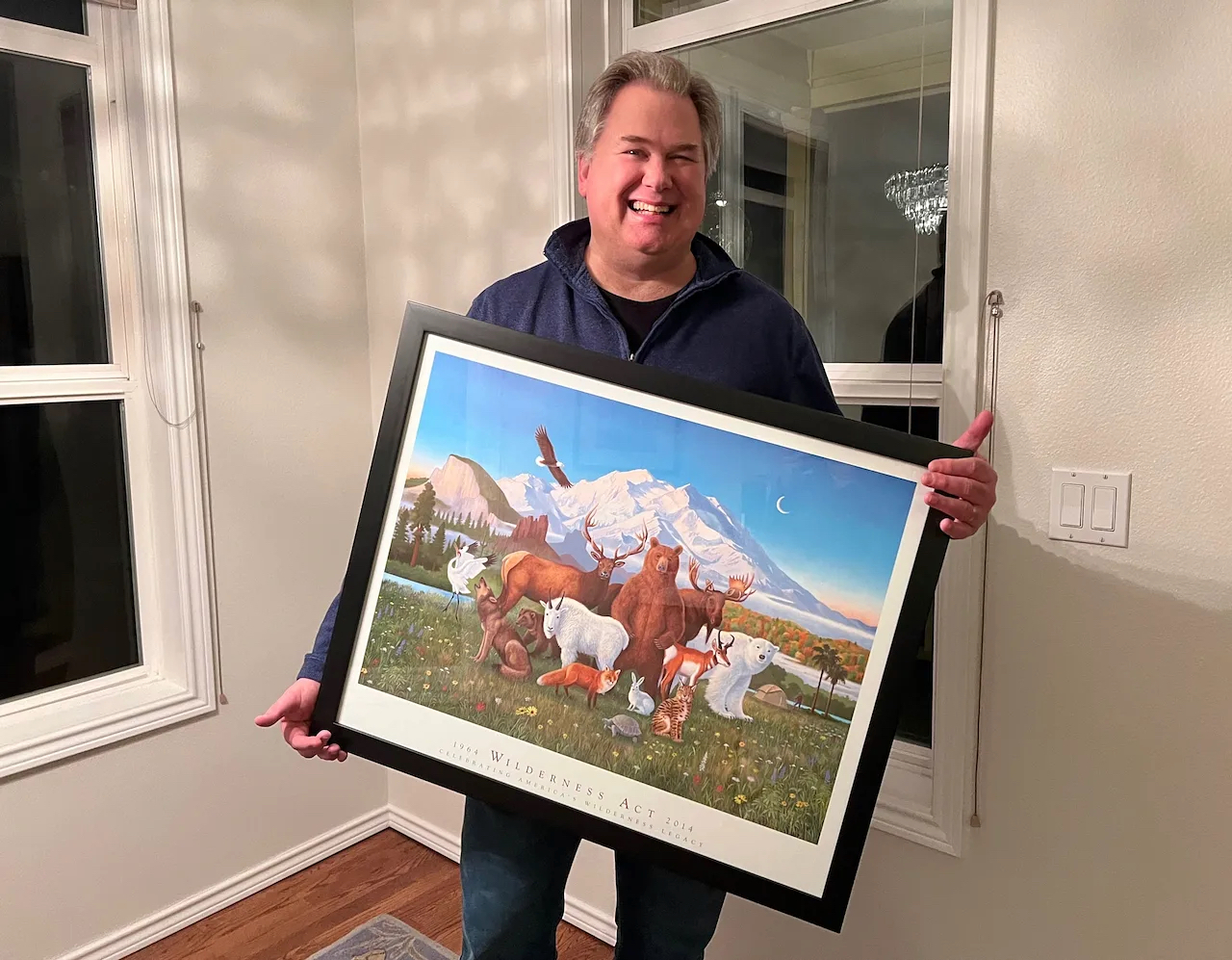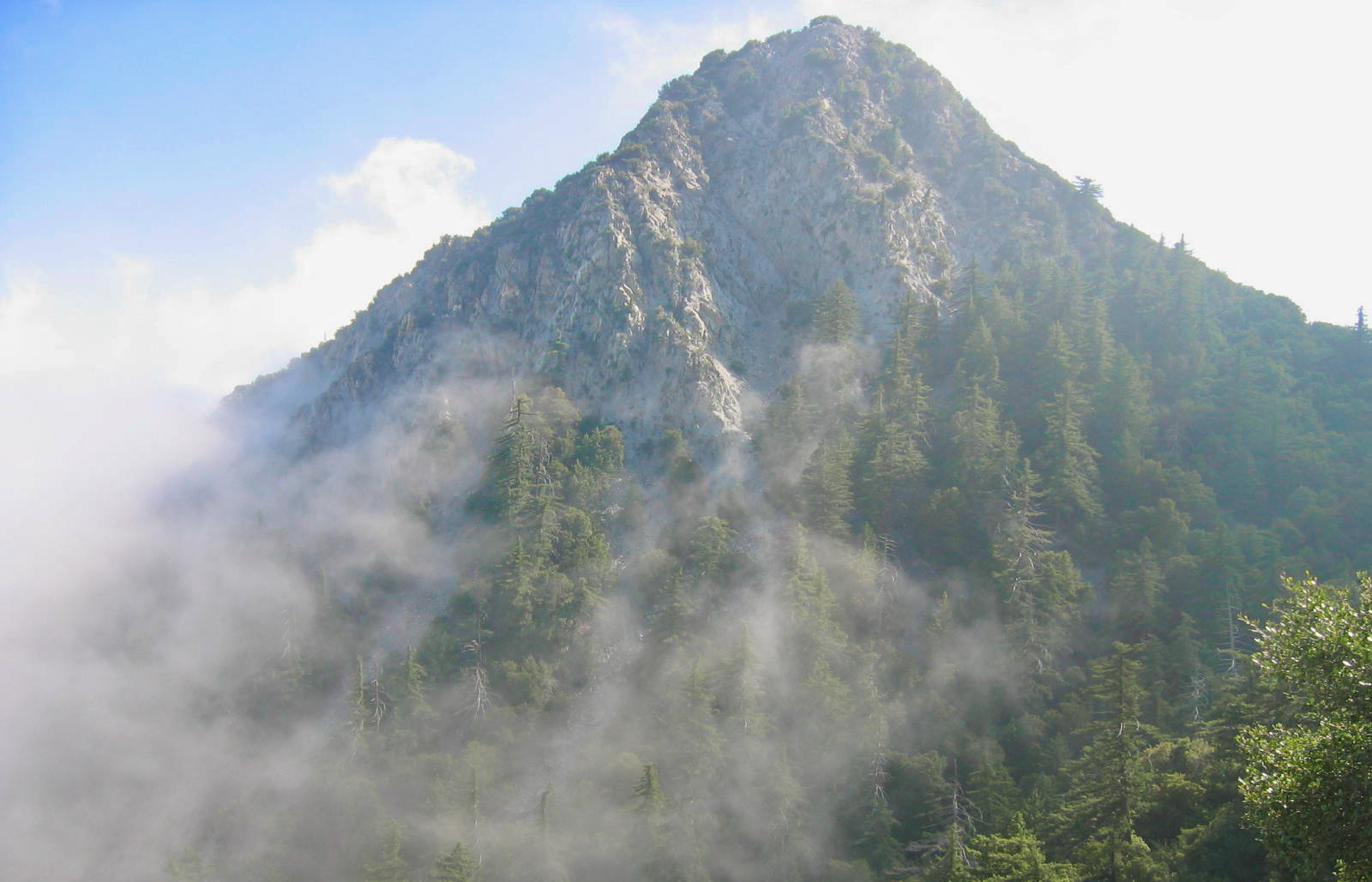Since the Wilderness Act was signed into law by President Lyndon Johnson 60 years ago this week in 1964, the resultant National Wilderness Preservation System has enabled Americans to secure 806 Wilderness areas from Puerto Rico to Alaska, totaling nearly 12 million acres, or about 4.5 percent of the land area of the United States.
These wild spaces protect watersheds, preserve biodiversity, filter air, clean water, provide habitat for wildlife and threatened species, boost local economies with tourism and recreation dollars, and provide outstanding locales for Americans to unplug, recharge, immerse ourselves in our nation’s exceptional natural spaces, and experience a pace of time greater than ourselves.
As our planet struggles with a rapidly-spiraling extinction crisis, an unparalleled loss of species and biodiversity, major movements of humanity due to rising sea levels, and the severe societal and natural reactions to our warming climate, modern failures in conservation messaging couldn’t come at a worse time. Simply in the name of carbon sequestration, wild places left untouched and undisturbed by humanity have rapidly become a vital planetary necessity.
But with threats from entitled development cheerleaders and ongoing efforts to undermine the Wilderness Act to facilitate the use of mountain bikes, internal combustion engines, and leave permanent bolts in natural rock formations in Wilderness areas, it’s clear the understanding of, and humility for, Wilderness is something that must be restored. The 60th anniversary of the Wilderness Act is as good a time as any to put forward a determined media effort with story trajectories and testimonials to update and inform public opinion on our nation’s best environmental and conservation practices.
For younger Americans, Wilderness areas, like National Parks and Monuments, may simply be thought of as having always been there. Even if some may be aware of Wilderness as a legislative concept, or the lengthy efforts and campaigns to preserve such places, it may seem less a gift today than a curious impediment to greater urbanism, quasi-affordable housing, and transit self-actualization, despite the absence of any connection between the concepts. That empty, wild land is once again coming to be seen in the old 19th and early 20th century context by developer-aligned urbanists as “wasted space” is a shame.
That it may also eclipse the magnificent text of Howard Zahniser codified in the Wilderness Act, as well as the humility needed to pass such an act in 1964 — at the height of the expanding post-World War II economy — is something the conservation community must get out in front of with determined messaging and a greater campaign of taking elected officials, their staffs, family, friends, and doubters to our special Wilderness and Wilderness Study areas before ill-informed attitudes metastasize into destructive policy rollbacks, whether from political allies or opponents.
It will be bad enough if we find ourselves again under the boot of an emboldened Trump administration and its Project 2025 facilitators eager to take a wrecking ball to the nation’s institutions. Similarly, a Harris administration may continue the discredited policies of logging under the guise of fire suppression to satisfy resource extractors, and sacrificing tens of thousands of square miles of public land — and accompanying wildlife, habitat, and biodiversity — to vast renewable energy arrays at the behest of powerful investor-owned utilities that have effectively squashed rooftop solar.
Similarly, the recently weakened National Environmental Policy Act (NEPA) and federal Endangered Species Act (ESA) may be further eroded as bargaining chip giveaways in future rounds of GOP budget hostage-taking, regardless of administration. Should that occur, the dismemberment of the Wilderness Act will surely follow.
As always, the time to act is now — otherwise we’re likely to find ourselves with even fewer allies in today’s post-Citizens United landscape where money is not just the only voice heard, but ensures competing voices, especially those of conscience, become lost in the mist of the rearview mirror. Conservationists must also own, and undo with long-term outreach, their failure to make the case for Wilderness in the 21st century, and restore their connection with working Americans who once demanded the great environmental and conservation policies of the 1960s, 70s, and into the 80s.
As we celebrate the 60th anniversary of the federal policy that has given us the National Wilderness Preservation System, we must rally support more than ever for the special places it preserves as Wilderness. In an era with little humility or thought toward the future, preserving the thoughtful boundaries upon which Americans may develop, and indeed, plunder, remains a vital act of national self-determination.
Our preserved Wilderness locales, of course, already speak volumes for themselves in a manner beyond language. It’s up to us to ensure they remain as they are at this challenging moment. “It is not enough to understand the natural world. The point is to defend and preserve it,” Edward Abbey famously wrote in 1968. “Sentiment without action is the ruin of the soul.”
For more, have a listen to this Public News Service story I filed 10 years ago in 2014 with guest Ryan Henson of CalWild on the 50th anniversary of the Wilderness Act.
All photos © Tommy Hough, all rights reserved.
Wilderness Act 50th anniversary celebratory print by Monte Dolack.


